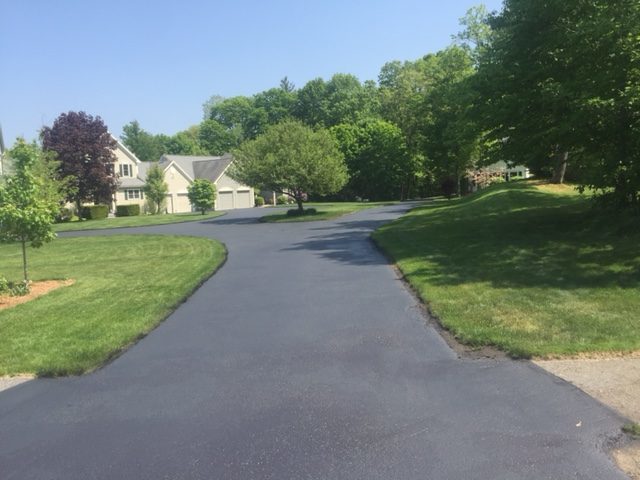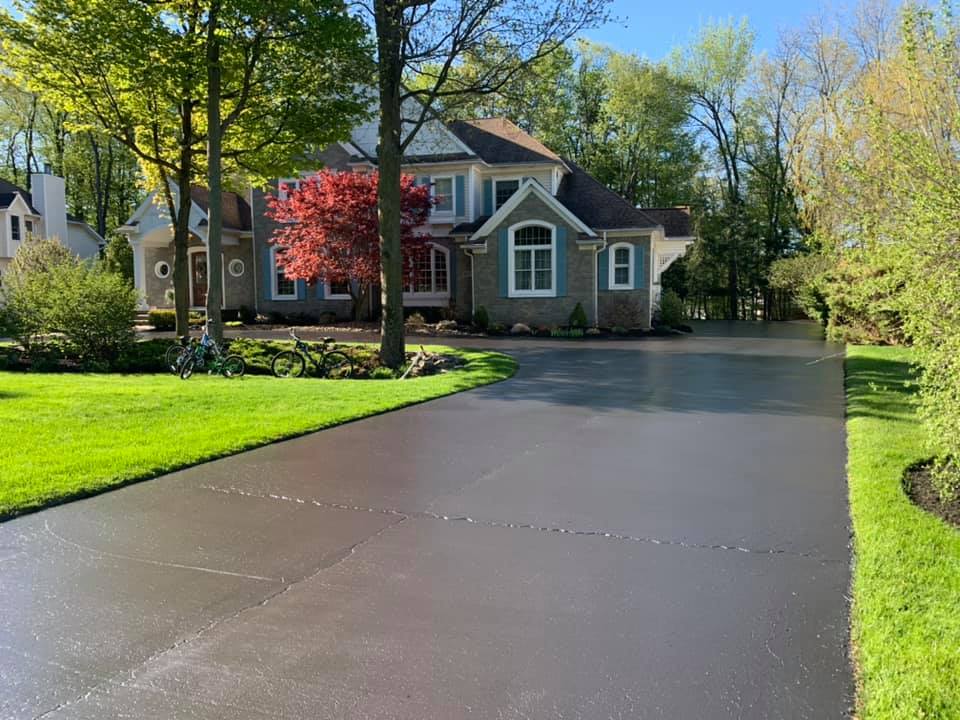Cold Mix Asphalt Vs. Hot Mix Asphalt: Which Is Right for You?

Make-up Differences
Cold mix and hot mix asphalts vary significantly in their composition, with unique characteristics that influence their performance and applications. Cold mix asphalt is produced by emulsifying the asphalt binder with water and an emulsifying agent prior to blending it with accumulation. This technique enables the asphalt to be convenient at reduced temperatures, making it optimal for short-term fixings and for usage in cooler climate condition. Warm mix asphalt, on the other hand, is manufactured at high temperature levels, commonly in between 300-350 ° F, which helps to achieve much better compaction and a more resilient last item. The warm mix asphalt manufacturing procedure involves heating up the accumulation and asphalt binder separately prior to combining them at the asphalt plant.
In addition, chilly mix asphalt tends to be much less thick and a lot more flexible than warm mix asphalt. This versatility makes it better matched for locations with greater degrees of activity, such as driveways or roads with heavy traffic. In contrast, warm mix asphalt is recognized for its high resilience and resistance to rutting and fracturing, making it a recommended selection for highways and high-traffic roadways where long life is important.
Setup Refine Variances
The process of mounting cold mix and hot mix asphalt shows significant differences in their treatments and requirements. Cold mix asphalt, being an extra adaptable product, can be used straight from the bag or container onto the hole or damaged location. It requires very little preparation work, such as cleansing the location and compacting the chilly combine with hand tools. This makes it a practical choice for quick and short-term repairs. In comparison, hot mix asphalt requires a more sophisticated installation process. It involves heating the combination to high temperature levels prior to laying it down on a properly prepared base. The prep work includes compacting the base, using a tack coat, and making use of hefty equipment like pavers and compactors for a smooth and long lasting surface. Because of the heating demands, hot mix asphalt installments are usually performed by experts with customized devices, ensuring an extra structurally audio and permanent result. Visit Your URL
Durability and Longevity Elements
When considering asphalt alternatives, resilience and longevity are vital elements to assess for lasting sidewalk performance. Warm mix asphalt (HMA) is recognized for its extraordinary sturdiness and longevity.
In regards to longevity, HMA usually exceeds CMA due to its premium strength and resistance homes. HMA sidewalks have a longer solution life, calling for less frequent repairs and maintenance, which can translate to cost financial savings in the future. In addition, HMA pavements are a lot more easily customizable to fulfill details project needs, even more boosting their longevity.
Cost Factors To Consider
Considering the financial implications is an essential aspect when assessing the choice between hot mix asphalt (HMA) and cold mix asphalt (CMA) for pavement projects. While the initial price of warm mix asphalt is commonly greater than that of cool mix asphalt, HMA commonly supplies a much more economical service in the long run due to its superior durability and longevity.
In addition to product costs, it's crucial to think about the expenditures associated with installment and maintenance click resources when contrasting HMA and CMA. Ultimately, the decision in between HMA and CMA should take right into account not simply the initial price but likewise the lasting financial ramifications to determine the most economical alternative for the particular sidewalk task.
Environmental Impact Comparison
Comparison of the environmental impacts in between warm mix asphalt (HMA) and cool mix asphalt (CMA) discloses distinctive distinctions in sustainability techniques. HMA manufacturing calls for high temperature levels, leading to boosted power usage and greenhouse gas discharges.
Additionally, making use of CMA commonly entails reusing existing asphalt pavement, promoting resource preservation and lowering the quantity of waste sent to landfills. This recycling facet better improves the sustainability of CMA compared to HMA. In general, when considering the ecological influence, CMA arises as a more environmentally lasting option because of its lower power demands, lowered discharges, and the capacity for recycling existing products. By choosing for CMA over HMA, roadway construction projects can contribute positively to environmental preservation initiatives.
Conclusion
To conclude, the choice between cool mix asphalt (CMA) and hot mix asphalt (HMA) depends upon numerous elements such as structure, installation process, longevity, longevity, expense, and ecological impact. angle parking. While CMA supplies a quick and affordable solution for minor repair services, HMA makes certain exceptional toughness and long life for rush hour areas. Think about these aspects meticulously to determine which sort of asphalt is the best option for your paving requires

Considering the monetary ramifications is a critical facet when assessing the selection between hot mix asphalt (HMA) and cool mix asphalt (CMA) for pavement projects. While the preliminary price of hot mix asphalt is normally greater than that of cold mix asphalt, HMA commonly gives a more economical remedy in the long run due to its exceptional longevity and longevity. angle parking.Contrast of check my reference the ecological influences in between hot mix asphalt (HMA) and cold mix asphalt (CMA) reveals unique distinctions in sustainability techniques.In verdict, the selection between cold mix asphalt (CMA) and hot mix asphalt (HMA) depends on various elements such as structure, setup procedure, toughness, long life, price, and ecological influence